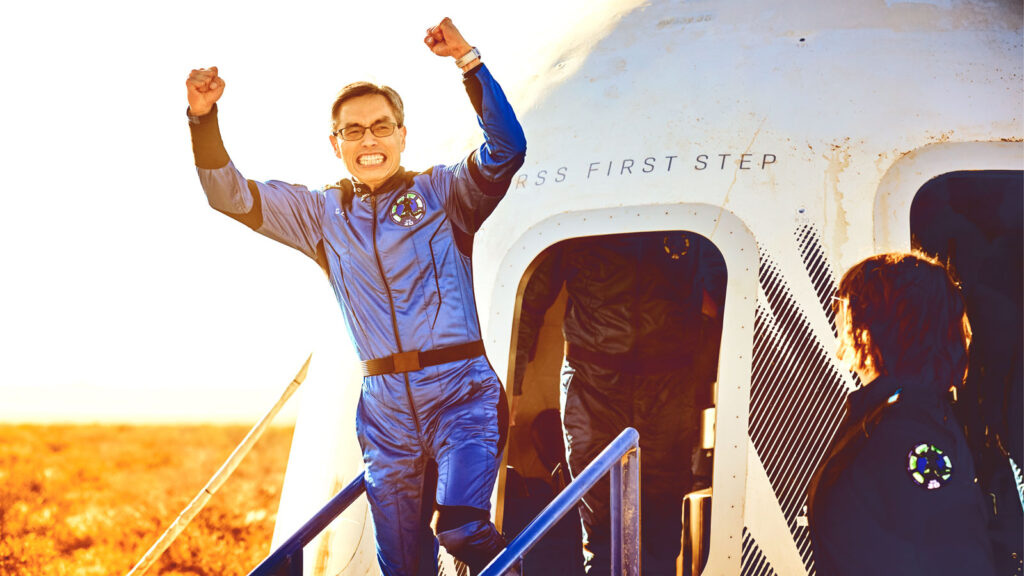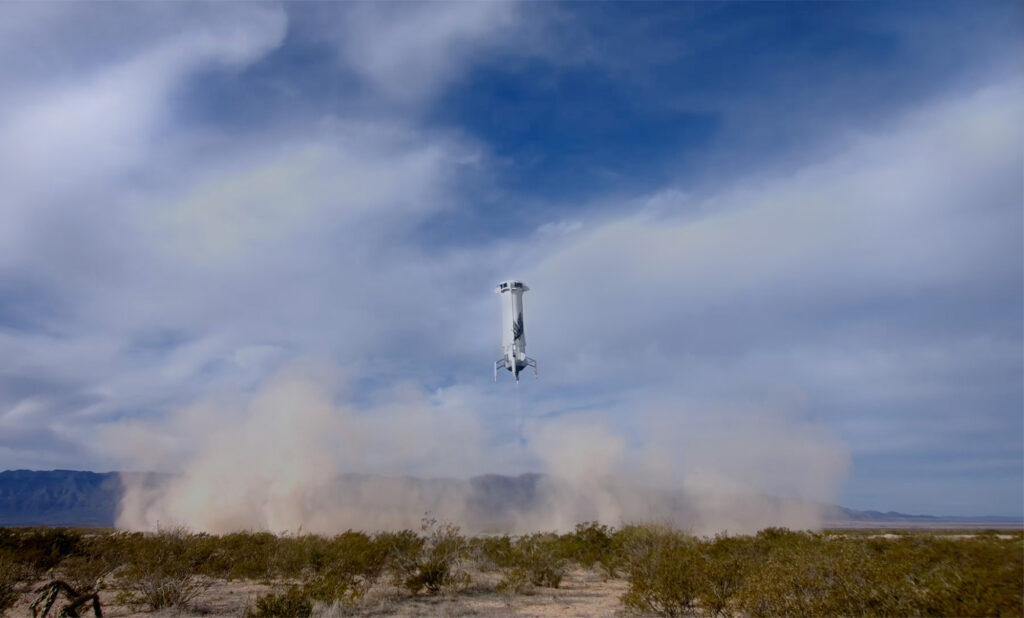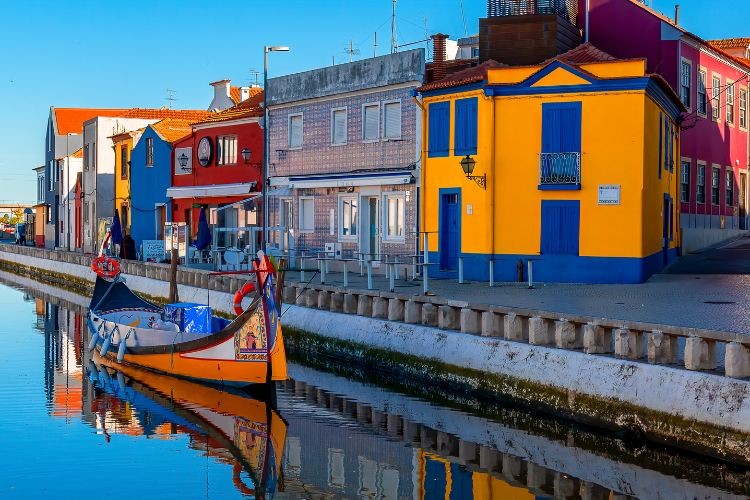Interlune, the mystery startup that wants to create a sustainable space economy
Building a permanent base on the Moon is the most ambitious goal of the Artemis mission, with which Nasa is fine-tuning man’s return to Earth’s only natural satellite. Away from the spotlight are a number of startups aiming to develop solutions that are as novel as they are effective in exploiting the natural resources on the lunar terrain. One of the most interesting is Interlune, which was founded at least three years ago but has so far remained in the shadows, despite having raised several grants. The most recent is $15.5 million, which comes after a $1.85 million round obtained in 2022, while another $2 million funding is almost a close. More than the numbers, the interest in Interlune comes from the little information known about the purpose of the business and the people who gravitate to the startup.
An unprecedented project
“We want to be the first company to harvest natural resources from the moon for use on our planet. To do this, we are developing a totally new approach to extract resources efficiently, economically and purely responsibly, with the goal of creating a sustainable space economy.” Lofty words spoken by Gary Lai, the startup’s Chief Technology Officer, who is known in space engineering for being one of the most influential men at Blue Origin, the company launched in 2000 by Jeff Bezos to make suborbital space flights and build reusable rockets. Hired as the 18th employee, Lai has climbed the ranks to become chief architect for space transportation systems, demonstrating the experience and subject matter knowledge he brings to Interlune.

Adding to the interest in the startup, which has never released public documents, is Rob Meyerson, Lai’s partner in crime and former president of Blue Origin (from 2003 to 2018), a company that grew during his 15 years as president from 10 to 1,500 employees, as well as a decisive mind behind the development of the suborbital launcher with vertical takeoff and landing New Shepard. Meyerson’s ability to sniff out winning solutions is also well known in the environment, as demonstrated by his investments in Axiom Space, Hermeus, and Starfish Space.
Interlune’s founding team also includes Harrison Schmitt, a geologist and astronaut who landed on the moon on the Apollo 17 mission in 1972 and then served as a U.S. senator between 1977 and 1983. Rounding out the control room is H. Indra Hornsby, a lawyer and former legal counsel for BlackSky and Spaceflight Industries, but also executive vice president of Rocket Lab.
With very limited information available, to understand Interlune’s intentions it is useful to analyze the abstract that accompanied the funding it received last year from the U.S. National Science Foundation. The document states that the startup aims to “develop an enabling technology for in situ lunar resource utilization that can select lunar regolith based on particle size.” A process that through the use of ice, water, minerals and metals found on the Moon will enable “the supply will provide appropriate raw materials for lunar oxygen extraction systems, three-dimensional lunar printers and other applications.”

The startup is one of many young companies focusing on in situ space resource utilization (ISRU), with the collection and transformation of materials into valuable products. Blue Origin itself last year said it made transmission cables and solar cells from a material chemically identical to lunar regolith. “Learning to live on land, on the Moon and Mars will require extensive collaboration among the ISRU community, clarified the Seattle-based company that first inspired Interlune. After all, the startup’s motto is “Earth’s future is in our orbit.”



